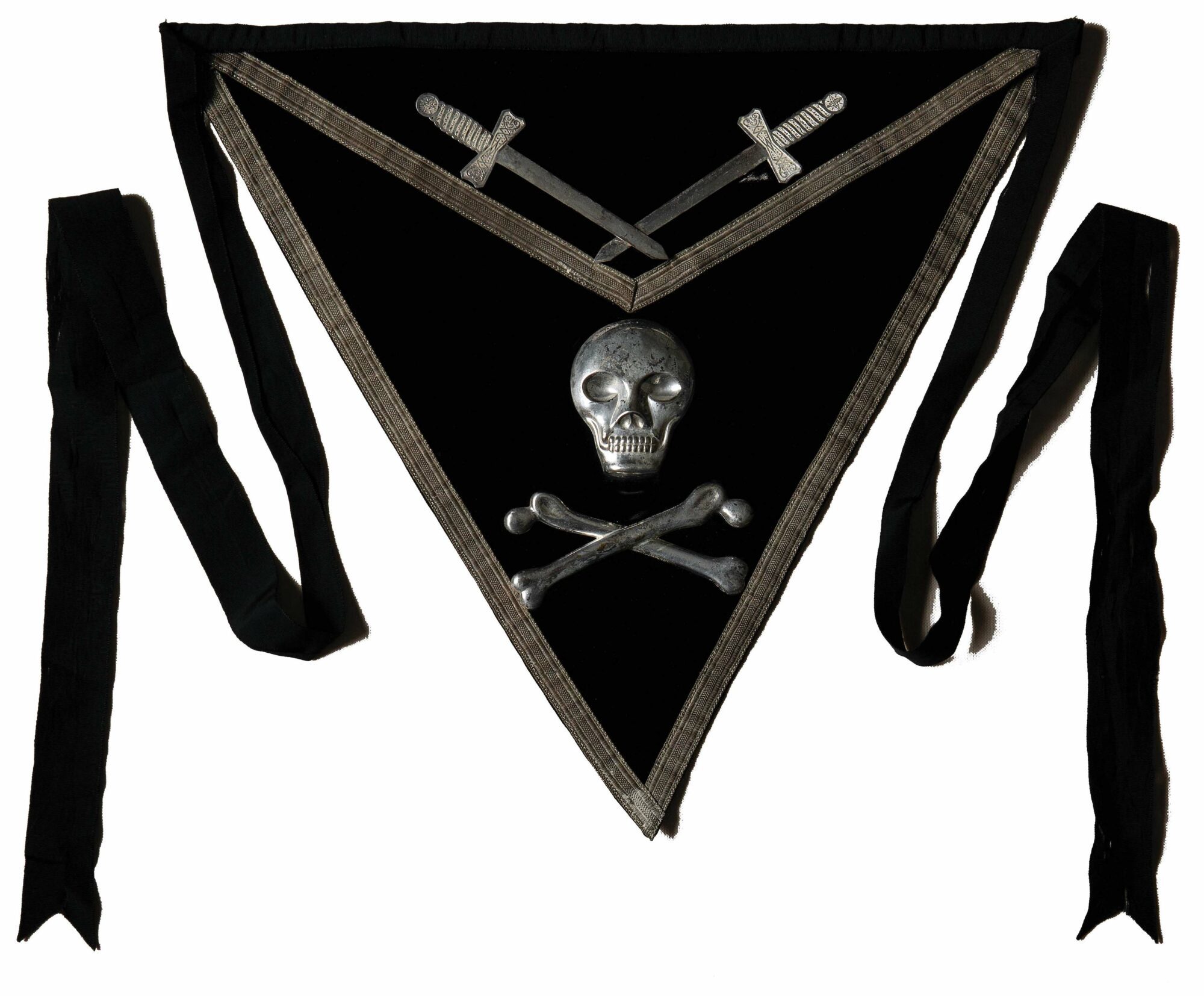Summer 2024 Issue Out Now: Prince Hall, Then and Now
The summer issue of California Freemason Magazine is out now! And, for the first time ever, we’re devoting its pages to exploring the proud and vibrant history and the current state of Prince Hall Masonry. The issue was developed and executed in partnership with the Most Worshipful Prince Hall Grand Lodge of California.
For nearly 170 years, our jurisdictions have progressed along separate and parallel tracks. But in recent years, the organizations have grown closer together, partnering on a range of philanthropic efforts and, at the local lodge level, joining together for everything from degree conferrals to social events.
In this issue, we are celebrating that partnership by taking a deep dive into the history and legacy of Prince Hall the man, as well as the history of the organization that today bears his name. We also examine ways in which neighboring lodges from our two grand lodges have found common ground; we explore the constellation of appendant and concordant bodies within Prince Hall Masonry, tell the history of a short-lived Filipino lodge boom within Prince Hall, and we profile several extraordinary members pushing the fraternity into the future. There’s also a can’t-miss interview between Grand Masters G. Sean Metroka and David San Juan, in which they discuss ways their groups can work together and what they see as the future of this historic partnership.
All in all, it’s a special issue of California Freemason Magazine and one we hope lives up to its name by highlighting and celebrating the wider world of Masonry in this state and remind everyone that regardless of race, ethnicity, or background, we are all California Freemasons.
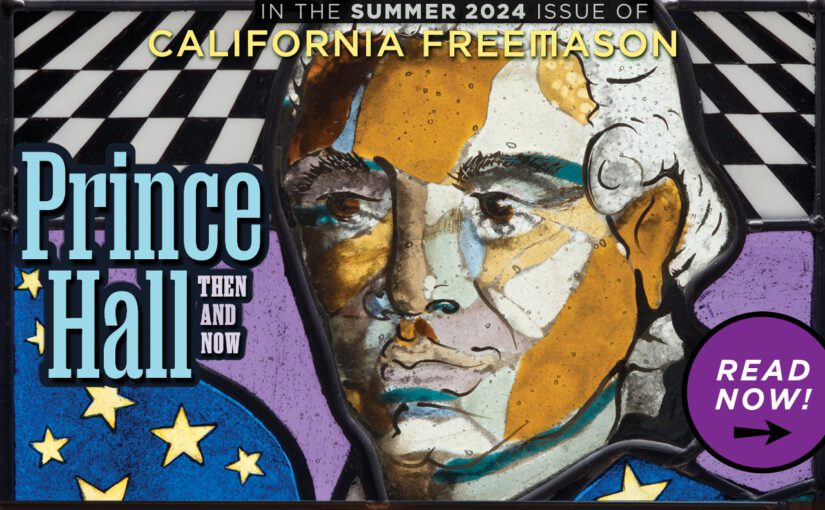
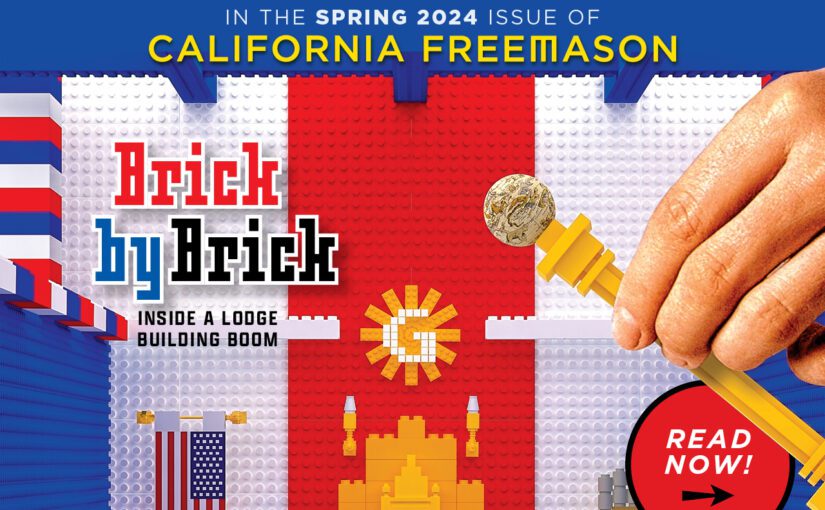
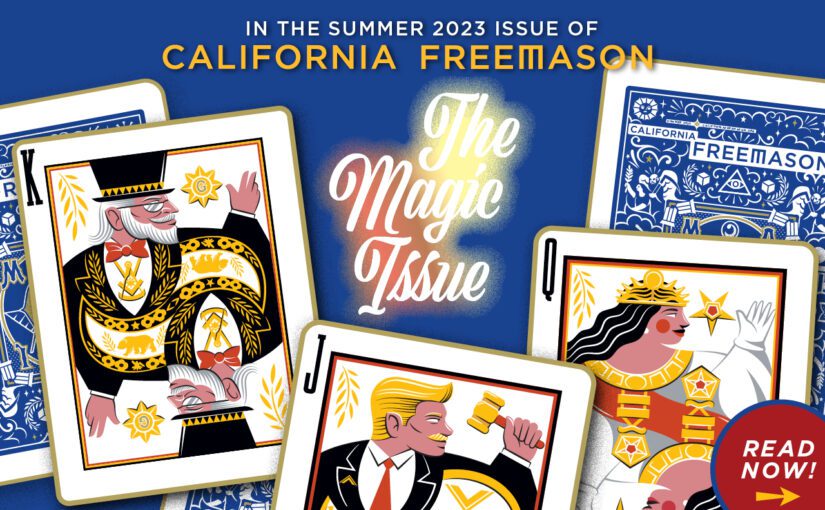
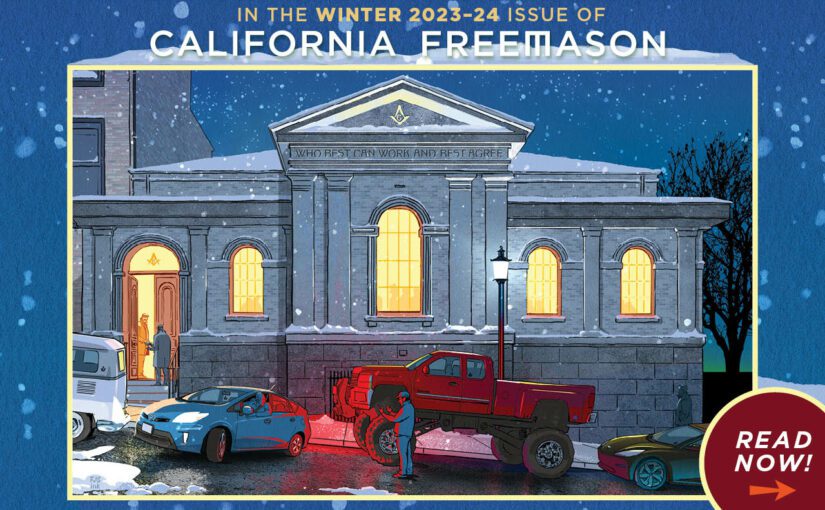
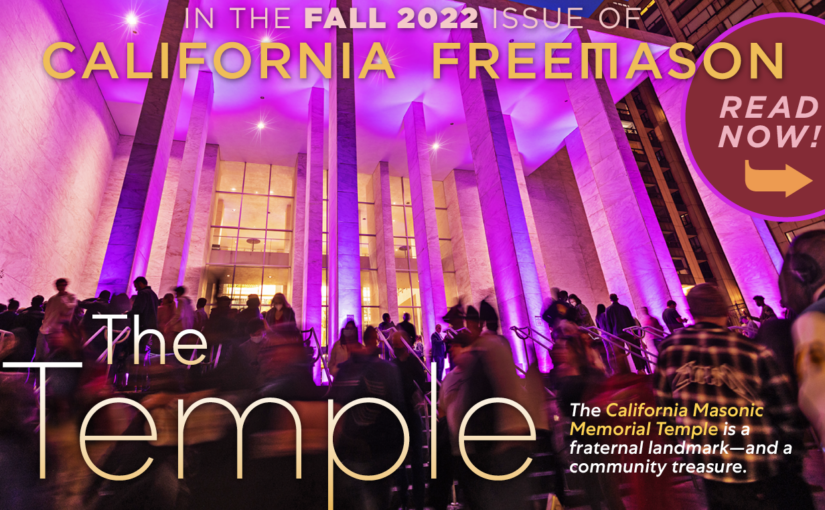
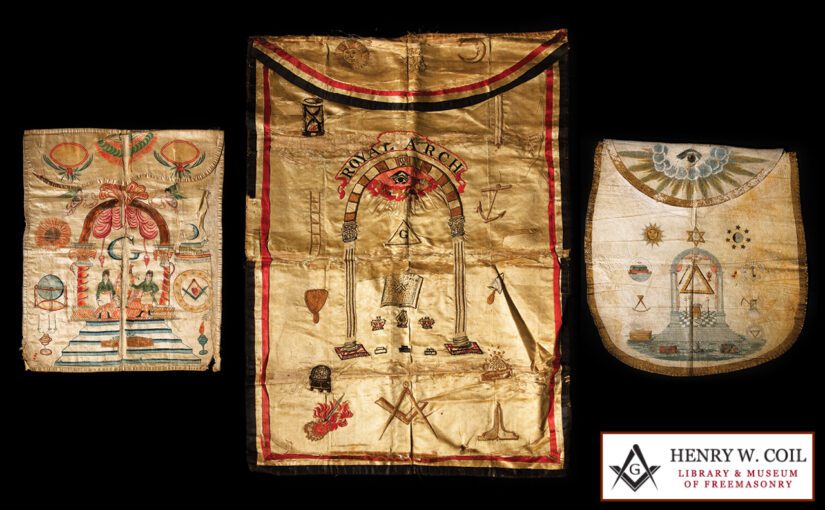
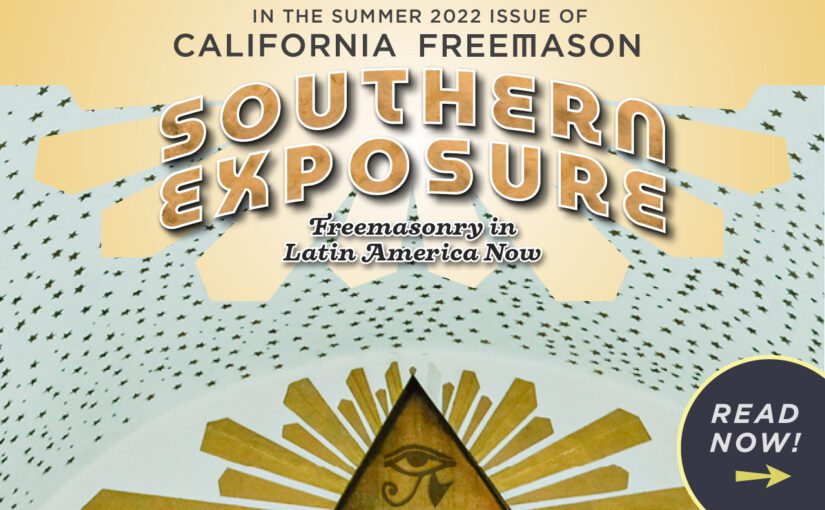
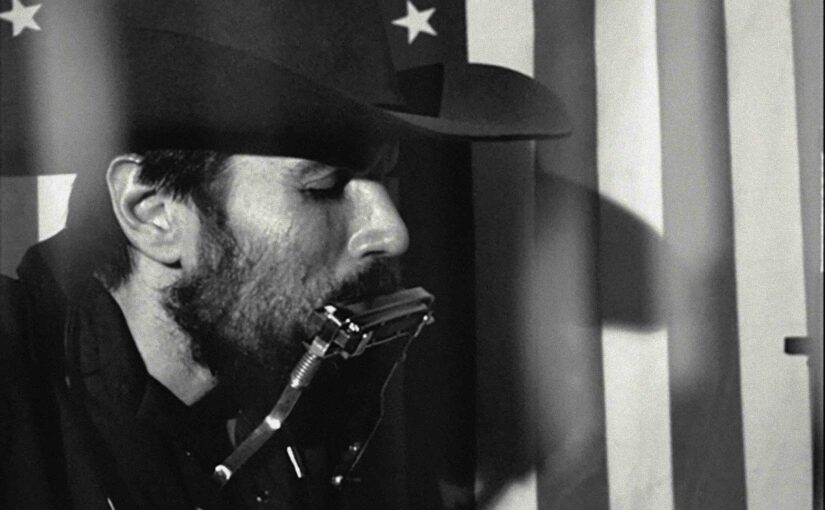
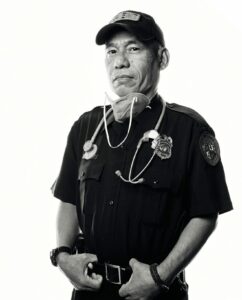
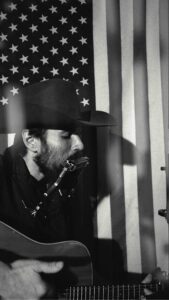
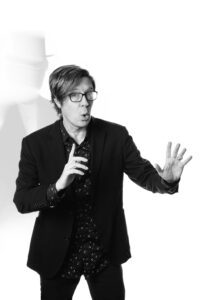
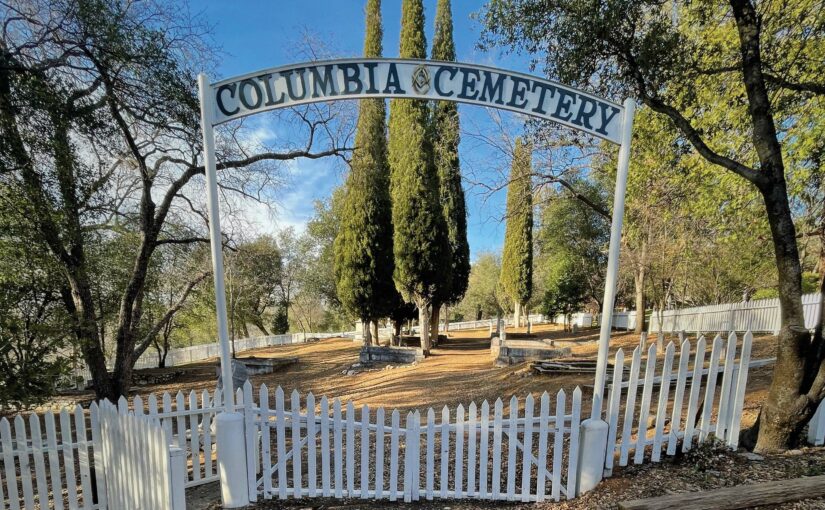
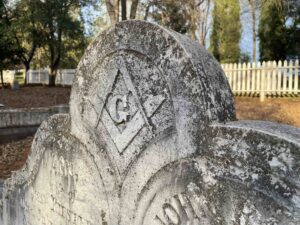
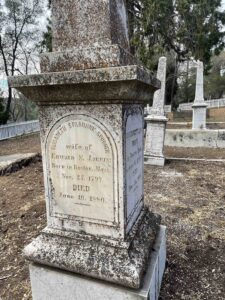
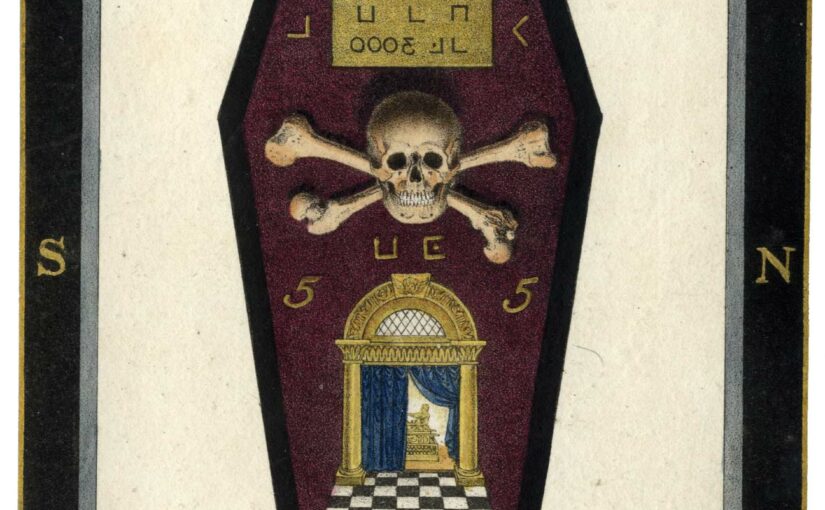
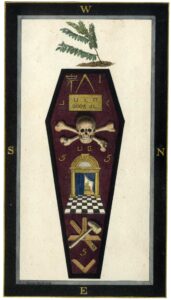 Today, these tend to be abstract ideas, jumping-off points for discussion of esoteric concepts. But historically,
Today, these tend to be abstract ideas, jumping-off points for discussion of esoteric concepts. But historically, 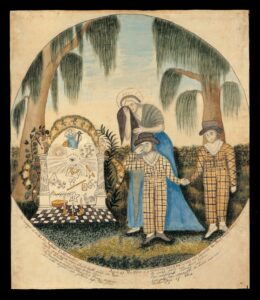 Any discussion of death and the afterlife inevitably leads to an ontological reckoning. To say that one believes in life after death or in the existence of the soul is an inherently spiritual statement, an expression of faith. Even distinguishing material and spirit, for some, raises uneasy metaphysical questions. It’s not surprising that for most Americans, death can be an uncomfortable topic.
Any discussion of death and the afterlife inevitably leads to an ontological reckoning. To say that one believes in life after death or in the existence of the soul is an inherently spiritual statement, an expression of faith. Even distinguishing material and spirit, for some, raises uneasy metaphysical questions. It’s not surprising that for most Americans, death can be an uncomfortable topic.